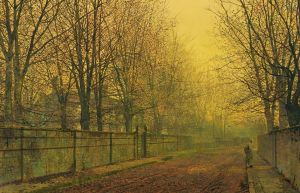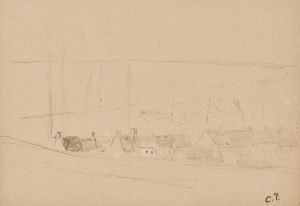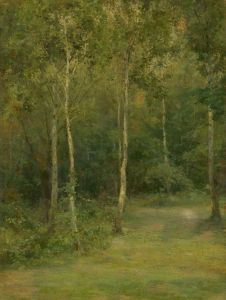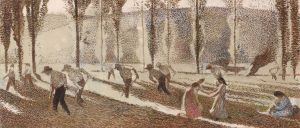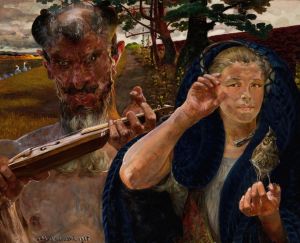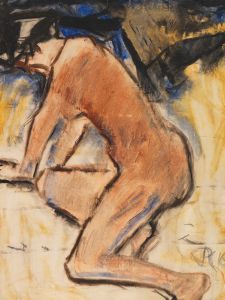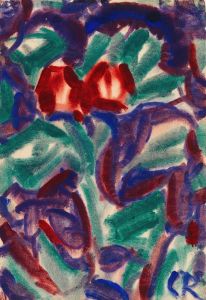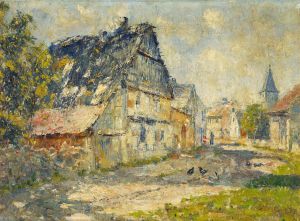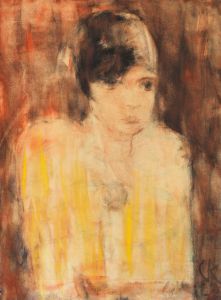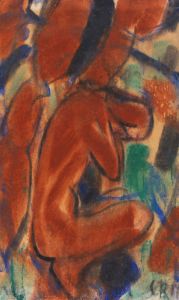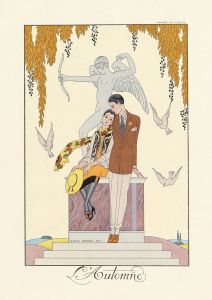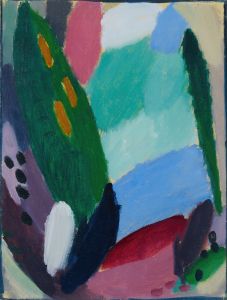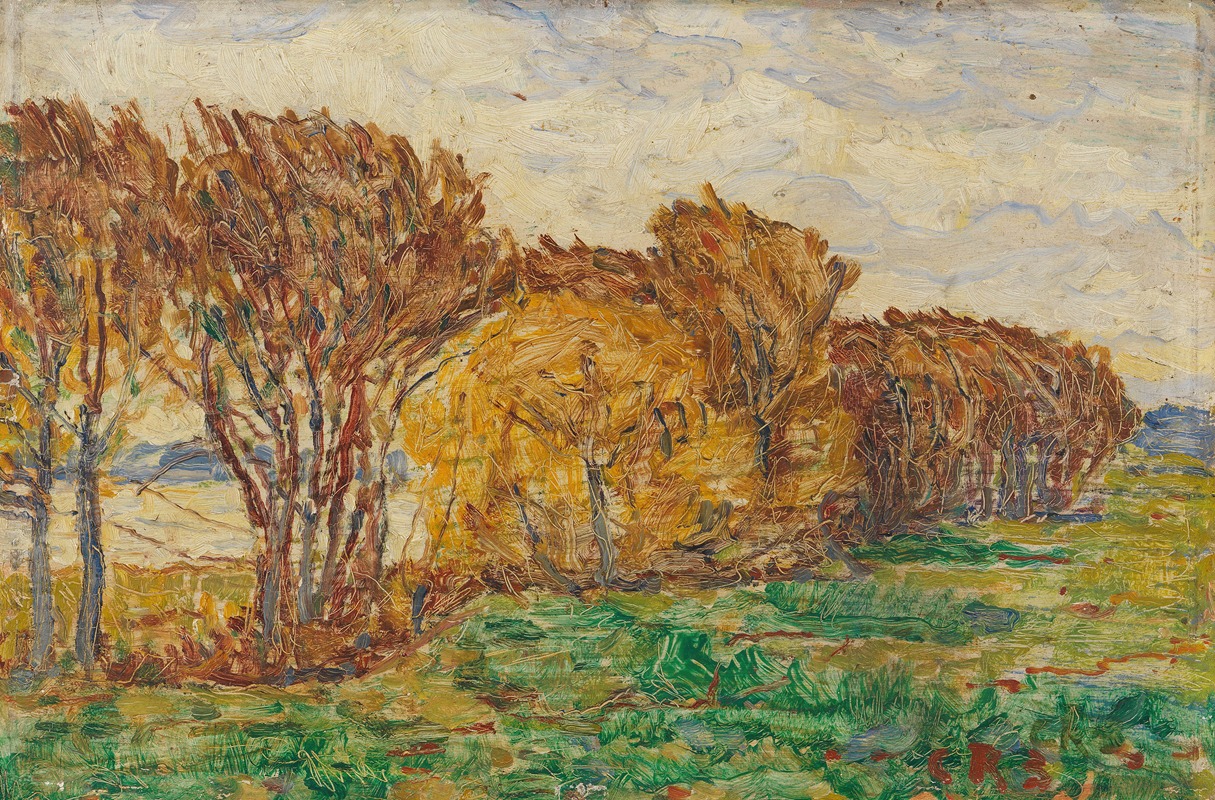
Herbstlandschaft
A hand-painted replica of Christian Rohlfs’s masterpiece Herbstlandschaft, meticulously crafted by professional artists to capture the true essence of the original. Each piece is created with museum-quality canvas and rare mineral pigments, carefully painted by experienced artists with delicate brushstrokes and rich, layered colors to perfectly recreate the texture of the original artwork. Unlike machine-printed reproductions, this hand-painted version brings the painting to life, infused with the artist’s emotions and skill in every stroke. Whether for personal collection or home decoration, it instantly elevates the artistic atmosphere of any space.
Christian Rohlfs (1849–1938) was a German painter associated with Expressionism. His work is known for its vibrant use of color and emotional intensity. One of his notable works, Herbstlandschaft (translated as "Autumn Landscape"), exemplifies his mature style, which often focused on landscapes and nature rendered with bold, expressive brushstrokes.
Rohlfs began his artistic career influenced by academic painting and Impressionism but later transitioned to Expressionism after exposure to modern art movements. His work reflects a deep engagement with the natural world, often portraying landscapes with a heightened sense of emotion and abstraction. Herbstlandschaft is a prime example of this approach, capturing the essence of autumn through dynamic forms and a rich, warm palette.
The painting likely dates to the early 20th century, a period when Rohlfs was at the height of his creative powers. During this time, he was living and working in Hagen, Germany, where he was supported by the art collector Karl Ernst Osthaus. Osthaus founded the Folkwang Museum, which became an important center for modern art and provided Rohlfs with a stimulating environment to develop his style.
Herbstlandschaft showcases Rohlfs' ability to convey the mood and atmosphere of a season through color and form. The painting's composition emphasizes the interplay of light and shadow, with autumnal tones of red, orange, and yellow dominating the scene. The brushwork is loose and expressive, a hallmark of Rohlfs' later work, which often blurred the line between representation and abstraction.
Rohlfs' career was not without challenges. In 1937, the Nazi regime labeled his work as "degenerate art" (Entartete Kunst), and many of his paintings were removed from German museums. Despite this, his contributions to modern art have been widely recognized, and his works are now held in major collections worldwide.
While specific details about the provenance or current location of Herbstlandschaft are not readily available, the painting remains an important example of Rohlfs' artistic legacy. It reflects his ability to transform natural scenes into powerful expressions of color and emotion, securing his place as a significant figure in the history of Expressionist art.





